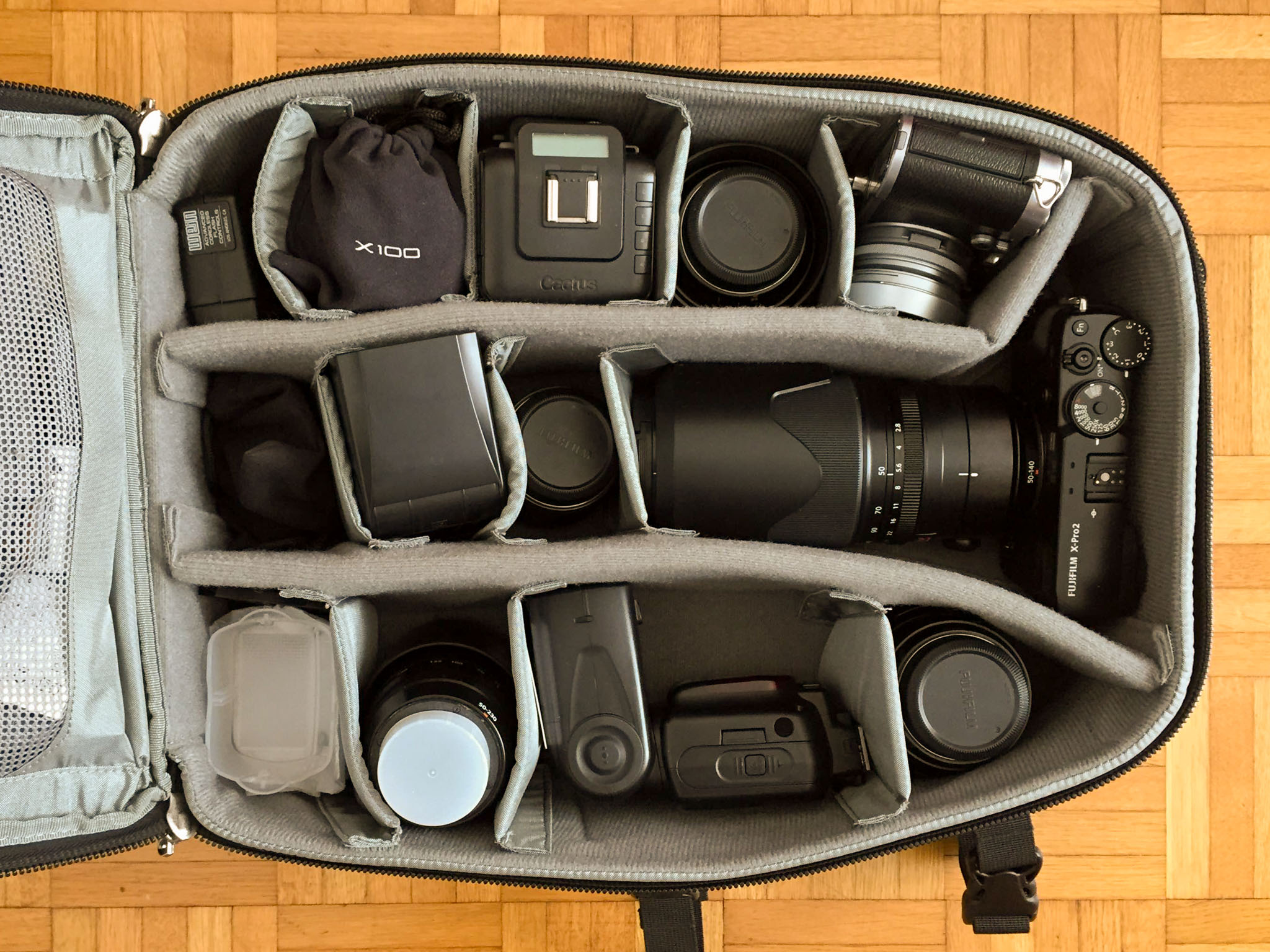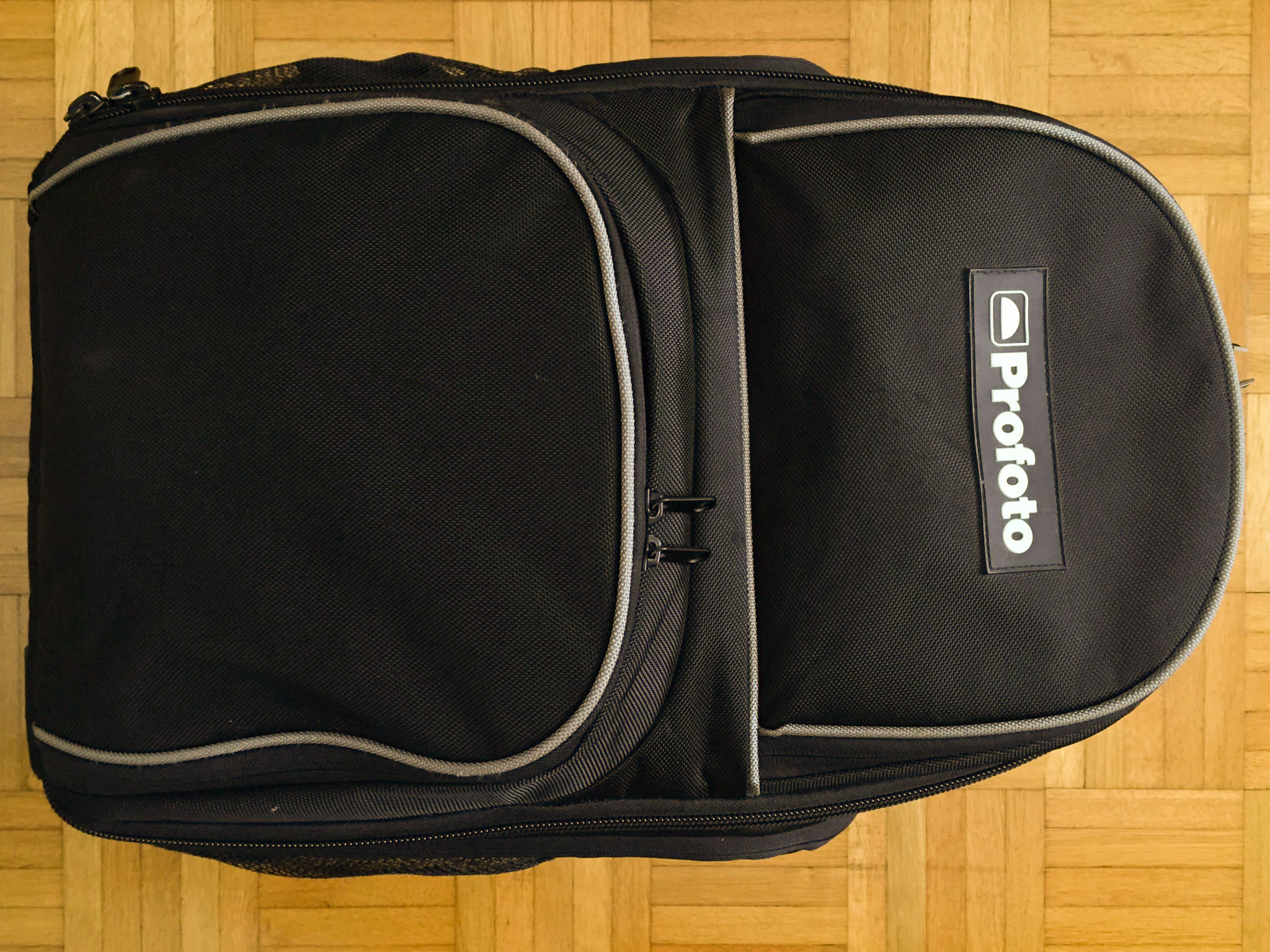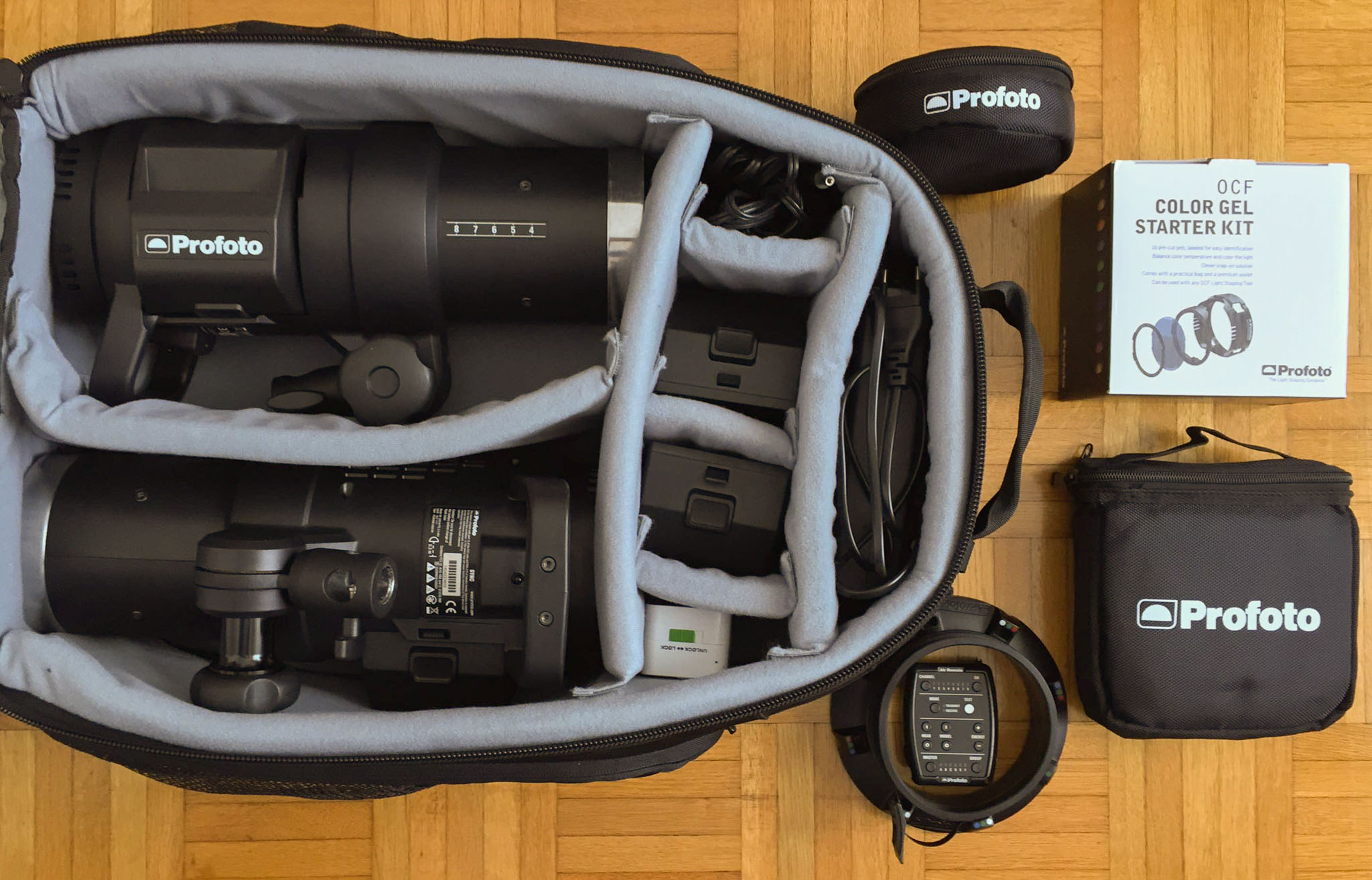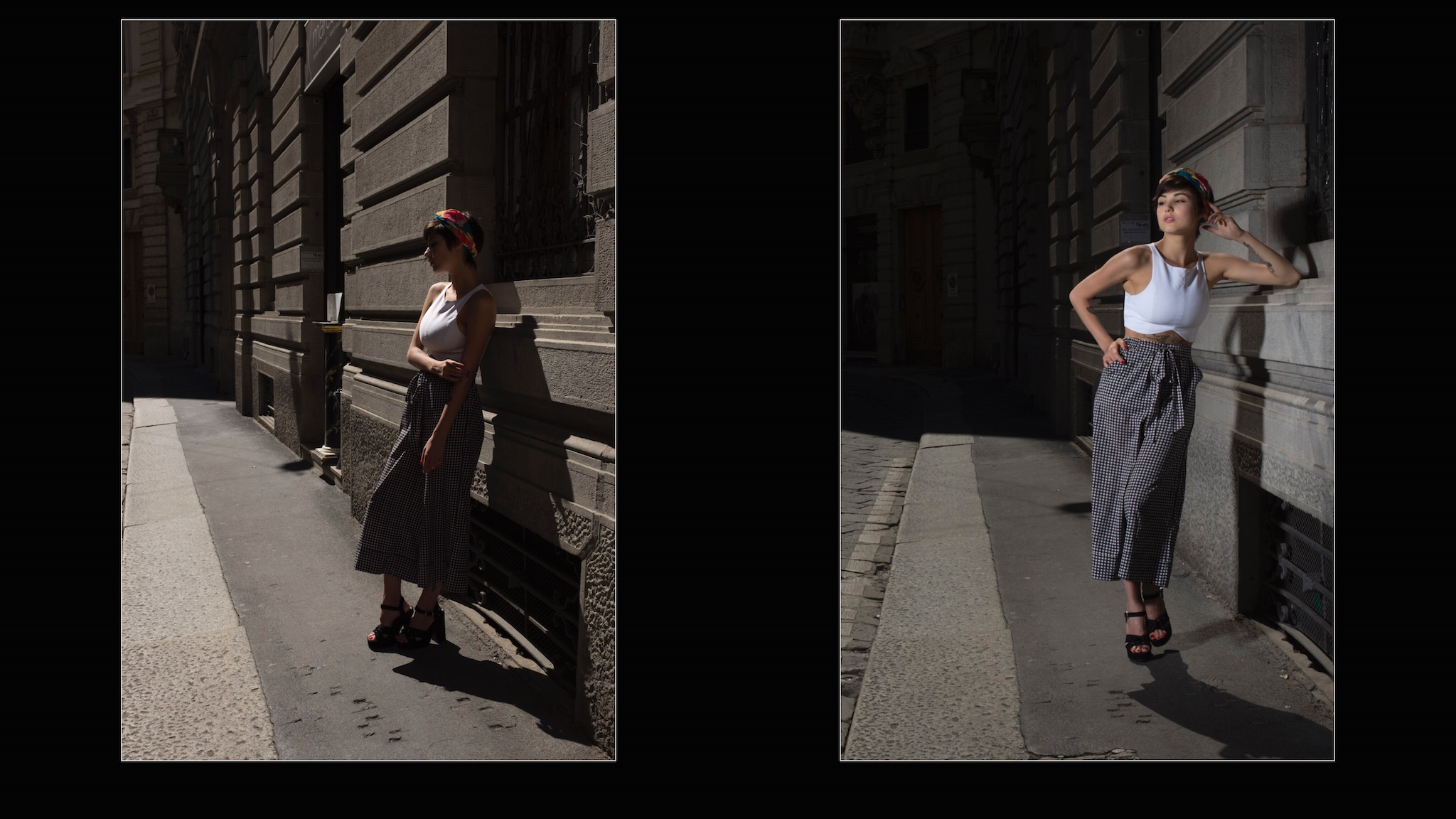
Inside the bag of the X-Photographer -Max De Martino
Max De Martino
Max De Martino befasst sich seit 1990 professionell mit Bildern, damals noch als Livebild-Regisseur für die Maxi-Screen-Projektionen bei der Europa-Tour des italienischen Sängers Eros Ramazzotti. Als Kameramann filmte er Interviews mit Madonna, Bruce Springsteen und Lou Reed.
Seit 26 Jahren ist die Fotografie fester Teil seines Lebens. Er hat für Kampagnen wie Fastweb und Pininfarina gearbeitet und italienische und ausländische Autoren porträtiert. Seine Fotos schmückten immer wieder Besprechungen und Buchtitel, unter anderem von solch bedeutenden Schriftstellern wie Wilbur Smith. De Martino ist Mitglied in der Berufsfotografen-Vereinigung „Tau Visual“ und fühlt sich deren Richtlinien und Verhaltenskodex verpflichtet. Er arbeitet sowohl in Italien als auch international für eine Vielzahl von Kunden, mit denen er in fließendem Englisch kommuniziert.
Vor 14 Jahren erstellt De Martino eine Webseite, die sich dem italienischen Journalisten und Schriftsteller Tiziano Terzani widmet, und deren Inhalte er seither koordiniert. 2006 lektorierte er das Buch „Dentro di noi, parlano i lettori di Tiziano Terzani“, das von Tea, Longanesi Gruppe, herausgegeben wurde. Er arbeitet mit mehreren NGOs wie Bambini Nel Deserto und L’Albero Della Vita zusammen und veranstaltet regelmäßig Fotokurse für Anfänger und Fortgeschrittene. Eines der Projekte, an das er gerne zurückdenkt, war ein Kurs für Senioren im Alter zwischen 75 und 94 Jahren. Seine Arbeit fand die Anerkennung und Unterstützung der Region Lombardei, der Provinz Mailand sowie weiterer kommunaler Bezirke. Insgesamt gab es bislang sechs Ausstellungen mit seinen Arbeiten.
Wann immer es ihm möglich ist, versucht er zu reisen – mit dem Zug, dem Flugzeug, dem Fahrrad, seinem Auto oder mit seinem alten Motorrad. Er besuchte bereits 27 Länder und im Juni 2008 war er der erste westeuropäische Fotograf, der eine Einzelausstellung im Irak hatte. Im Anschluss wurde die Exponate der Ausstellung „No Ears“ der Universiät vn Erbil übergeben, wo sie noch immer zu sehen sind.
When they asked me to prepare an article for the international Fujifilm blog and to talk about what I kept in my camera bag, I had two contrasting emotions. The first said, “Ah cool! I’m a lucky guy!”. The second, more concrete, said “Yes, great.. but I use completely different equipment according to what I must photograph. And concerning bags and backpacks, I have at least five…”
Weighing them up with my interviewer, I asked him if I could tell you about an event which I always like to hold: an off-camera flash management workshop in partnership with one of the most important photography shops in Milan; New Old Camera. My proposal was accepted immediately. Thus, here I am talking to you about what I carry around if I have to shoot in a situation where I have to recreate the light that interests me mixing it with the ambient light.
First of all, I have not mentioned everything which is complementary and absolutely necessary for a fashion or lifestyle shoot outside of a traditional photography studio; the stands, tripods and light modifiers that, alone, occupy a big cart and much of of the trunk in the car.
Instead, I will concentrate on the equipment on a purely technological side: cameras, lenses, flashes and triggers.
Let’s start with backpack no.1:
Firstly, the bag: one of the best purchases in recent years, a ThinkTank Airport Essentials. The only one which you can always carry on board in an airplane even when there is no more space in the overhead. Its dimensions are small enough to allow it to be placed under the seat in front of you. And the capacity is extraordinary … look what it can hold…
- 1 Fujifilm X-Pro2
- 1 Fujifim X100T
- 1 XF50- 140 f2.8 (a lens which I love and which is very suitable when shooting in not static situations)
- 1 XC55-230 f4.5-6.3 (an underestimated lens but, with the right light, can give a lot of satisfaction – brought just to show its quality)
- 1 WCL100 and TCL100 (two inseparable companions of the extraordinary X100T)
- 1 XF 35 f2 (one of my preferred lenses over the past few years)
- 1 Multiplier 1,4x (helpful if I need lens compression)
- 1 XF56 f1.2 (a lens which every lover of portraits needs to have)
- 1 XF10-24 (useful for wide field pictures)
- 1 Flash Fujifilm EF-42 TTL
- 1 TTL Cable (short and long)
- 1 Cactus V6 Trigger (3 pieces to control two flashes managing the power remotely in manual mode)
- 1 Wein Sync Link IR Trigger (perfect to control each flash that works in “slave” mode even on very short shutter speed)
- 1 Sb-700 and a Sb-910 flashes (only survivors of my Nikon kit from years ago)
- Three SanDisk UHS-II 64Gb SD-Card (the most reliable I’ve ever used), plus three spare memory cards
- Various batteries for the cameras
- 12 additional rechargeable AA batteries
- 1 Rogue FlashBender flash reflector (great for spreading the light of the speedlights)
- 2 belt hooks (since I tried them, I cannot stop)
- 1 flash bracket which allows the trigger and flash to be mounted to the stand
- 1 Color Checker Passport (perfect to balance the white in mixed light)
- CTO gels for the speedlights
- accessories for the cleaning and various materials
The second backpack was dedicated to the most powerful strobe, able to overpower of the sun – recreating the most suitable light from scratch.
This backpack consisted of:
- 2 Profoto B1 (500w)
- 4 Li-On Batteries
- 1 AC adapter
- 1 Car charger
- 1 AirRemote Trigger to manage the power and shoot remotely
- 1 OCF ring to mount accessories such as softboxes or portable beauty dishes
- 1 OCF grids kit
- 1 Kit of colored gels
- 1 barndoor kit
- 1 Collapsible 24″ Beauty Dish
- 1 Power adapter for foreign countries (I never take it off the bag because I don’t want to be without it when I need it)
A portion of the material contained in these two backpacks is not even used, but it is always better to have a few more pieces present at the time of the shooting.
The workshop was developed in two sessions of twenty people in the morning and the same number in the afternoon. We initially shot with the X-Pro2 and the EF-42 using TTL assisted by the cables for synchronization.
Then we went on to use the Profoto B1 managing the power manually combined with the Fuji X100T that can sync up to 1/2000 in this configuration by starting the shot with IR trigger.
With regards to HighSpeedSync – I am waiting in anticipation for the arrival of the new EF-X500 flash scheduled to be released soon. This will finally allow me to shoot up to 1/8000 on the X-Pro2!
After the X100T, was the return of the X-Pro2 combined with the old Nikon flashes to achieve a portrait with a fake sunset behind the model.
The day was very fruitful with a lot of positive feedback from the participants. The flash light is a creature that one needs to know how to tame to be able to make it natural and bend it to our needs… When you can pull it off, the outcome is extraordinary!
Thank you for your patience if you have been reading until this point and I hope to return to be the new host of Fujifilm’s blog!
Max De Martino























































